Did you know entry-level tire construction engineers, compounders and designers aren’t allowed to touch a new tire for a year or two? That’s because tire design and development isn’t part of any college curriculum. The making of a competent tire engineer isn’t the job of a college professor. That task belongs to veteran tire company technical types who serve as mentors.
That means only experienced engineers and chemists are making decisions about the tires you sell. These seasoned vets constantly make running changes in tire technology to improve such things as noise, vibration and harshness, as well as handling characteristics, tread life, braking, water dispersion, and even better gas mileage. And the process never stops.
In this article, the first of four, you’ll get a dose of “plain English” explanations about tire pieces and parts. Tire buyers count on you to explain the complexities of a tire. With all of the advanced technology we’ve seen in recent years, and all of the accompanying acronyms, we’ve lost touch with the basics. How, after all, can you explain to a customer why a tire performs as it claims if you don’t understand more than the acronyms?
A tire must not only look like it can get the job done; it must have the guts to perform the tough work it is asked to do. It must equal or exceed the design intention of every engineer who gives it life. And it must do so with its basic components: the bead, the sidewall, the belt package, the tread compounds and the tread design.
We’ll begin with a close look at the bead and sidewall areas of the tire. In future issues, we’ll address the other primary components.
The Bead Area
In the simplest language, the bead is a loop of high-tensile steel cable coated with rubber. Its primary mission is to provide the muscle a tire needs to remain seated on the rim flange and to pass along the forces between the tire body plies and the wheel.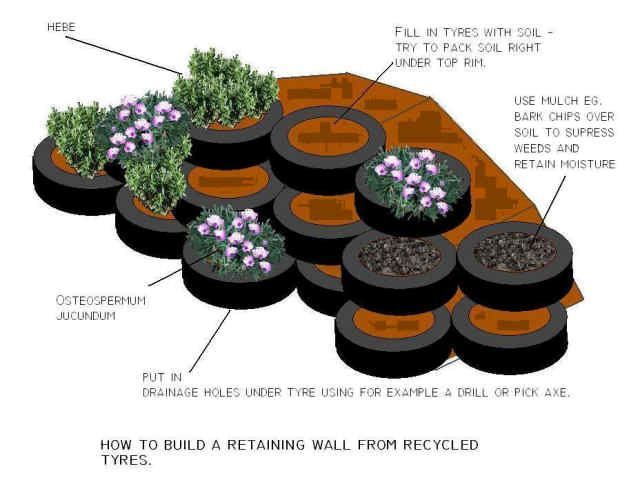
Sometimes called the bead bundle, the bead must also be tough enough to handle the forces encountered by tire mounting machines.
Typically, a bead bundle is comprised of about one pound of large monofilament steel cords. The cord is coated with rubber and then wound into a properly sized loop based on the designed wheel diameter. The resulting bundle is then wrapped with a ribbon of rubber-coated ribbon material. Depending on the tiremaker or the product, the resulting bead hoop can be square, rectangular, octagonal or oval in shape.
Of course, it’s impossible to talk about the bead bundle without mentioning the tire’s body plies. Keep in mind that body plies run from bead to bead, looping down and around the bead bundle, which holds them in place.
In most cases, a passenger tire casing has one or two body plies, which can be made of polyester, steel or nylon. We’ll talk more about the casing later, but it’s important to note how the bead bundle fits into the overall tire design as it relates to body plies.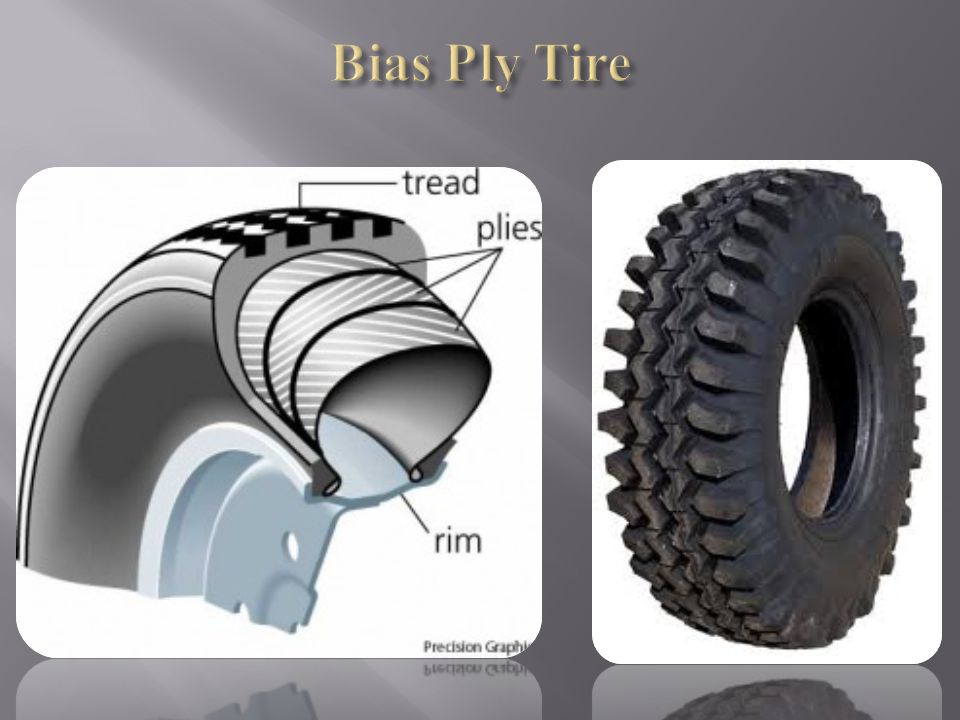
At The Apex
Next, let’s look at the bead apex filler – a hard or soft rubber compound that envelopes the bead and extends up into the sidewall. If the tire is a high profiler designed to provide a boulevard ride, the bead apex filler will be softer. However, on a low-profile ultra-high performance tire, the bead apex will be much harder and extend further into the upper sidewall area for added stiffness.
Generally speaking, a low-profile tire with a stiffer sidewall (and a harder bead apex filler) rides rougher but delivers better handling. A softer sidewall (with a softer compound bead apex filler) provides a softer, more comfortable ride.
Another function of the bead apex filler is to create a smooth contour for the body plies around the bead wire in the lower sidewall area.
The remaining component in the bead area is the bead chafer, or chafer strip. Its mission is to protect the bead area from rim chafing, mounting/dismounting damage and to prevent the tire from rotating on the rim.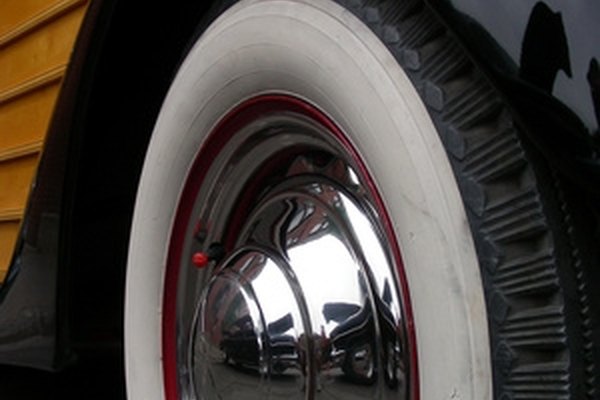 Chafer strips are made of a hard, durable compound rugged enough to withstand the forces working against it.
Chafer strips are made of a hard, durable compound rugged enough to withstand the forces working against it.
In quick review, the bead area of any tire is made up of a bead bundle, a bead apex filler and a bead chafer. Each has a separate job, yet each piece must rely on the other to function the way tire construction engineers intended.
The Sidewall
Now that we have the tire firmly attached to the wheel, the bead wire well protected, and the body plies safely wrapped around the bead, let’s move up to the sidewall.
Tire sidewalls vary in thickness from the shoulder area to the bead area. In the thinnest part, typically in the middle to upper area, most sidewalls are between 6- and 15-mm thick – about 1/4- to 5/8-inch thick. The differences are dependent upon tire application – thinner for ride comfort street tires (S- or T-rated), thicker for off-road light truck tires that require significantly stronger sidewalls.
You should also know that the sidewall and bead areas of a tire represent about 30% of a tire’s total weight. Multiple sidewall plies are typically a blend of natural and synthetic (butadiene) rubber.
Multiple sidewall plies are typically a blend of natural and synthetic (butadiene) rubber.
Keeping that in mind, a sidewall’s primary mission is to transmit force from the ground to the vehicle via the wheel. Inflation pressure holds the sidewall out where it’s supposed to be, allowing it to help carry the load.
The sidewall is also responsible for maintaining lateral stability as hard cornering and/or braking forces are transmitted through the sidewall to the bead.
Engineering at Work
As these forces push and pull their way though the sidewall and bead area, we see some of the finest engineering in the world at work. The body plies, always under compression, are assembled in such a way that the forces working against them are passed to the vehicle via the strong contact between the bead wire, the chafer strip and the wheel’s rim flange.
All of this assumes that the tires are properly inflated. Driving on an underinflated tire results in unwanted sidewall deflection. Such deflection can be more than the tire was designed to handle, resulting in too much heat generating flexing and life-shortening possibilities for the tire over time.
Such deflection can be more than the tire was designed to handle, resulting in too much heat generating flexing and life-shortening possibilities for the tire over time.
Acceleration also does its best to shorten tire life. Step on the accelerator, and you pull the tire components forward, bending and twisting them in the process (If you’ve ever witnessed a rear drag race tire work in slow motion, you’ve seen an extreme example of this phenomenon.). Step on the brakes, and the forces at work stress the rubber in the opposite direction.
Ultra-high performance tires handle these assignments well because of compounding and design technologies employed in the tread area, which we’ll talk about in a future Tire Tech.
To be clear, it is the sidewall and bead areas that deliver all of the real performance and driver comfort.
Sidewalls also face another force: the elements. Weather and ozone can cause cracking and weather checking. That’s why a tire’s sidewall is loaded with a host of materials like anti-oxidants, anti-ozonants and paraffin waxes.
Bounce-Back Factor
The ideal bead and tire sidewall combination offers low hysteresis (for low energy consumption), good tear strength and low heat generation. These properties and characteristics contribute to low rolling resistance, which, in turn, contributes to better gas mileage.
In tire-speak, low hysteresis represents the ability of a tire to return to its normal shape after encountering severe deflection or opposing force. Think of dropping a super ball (low hysteresis) and a ball of Play-Doh (high hysteresis). The super ball bounces very high because it doesn’t absorb the energy. Play-Doh doesn’t bounce because it absorbs all of the energy.
The rubber used in tires must fall somewhere in between, yet be a lot stronger than Play-Doh. Its job is to absorb some of the energy, which is converted into heat.
A tire’s innerliner, one of the first building steps in the production of a radial tire and the last item we’ll talk about in this installment, functions like an inner tube and is the unseen part of a tire and its sidewall.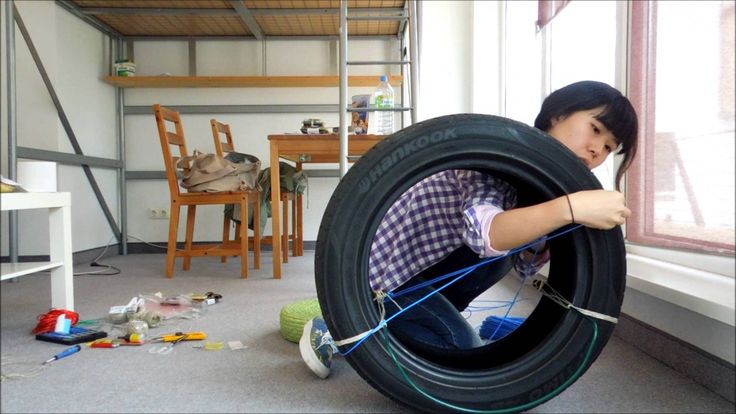
An innerliner is made up of low-permeability rubber laminated to the inside of a radial tire. Its mission: to keep air in the tire. Typically, it is made of butyl rubber, which is not reactive with oxygen. A small amount of rubber (synthetic isoprene) is added to allow the innerliner to adhere to the body plies during vulcanization.
In the next Tire Tech, we’ll explore the role of the belt package. If you require further elaboration on what we’ve talked about in Part 1, please drop me an e-mail at [email protected].
Mini Glossary of Basic Tire Terms
Bead: The tire part made of steel wires, wrapped or reinfored by tire cords and shaped to fit the rim flange. The bead anchors the body cords of the tire to the rim so that they may resist external and internal (pneumatic) forces.
Bead area: That part of the tire structure surrounding and in the immediate area of the bead wire hoop. Consists of fabric components and shaped rubber parts to provide a tight fit to the contour of the rim flange, resistance to chafing at rim interface and flexing support for the lower sidewall.
Bead filler (apex): A rubber compound filler smoothly fitting the body plies to the bead.
Bead heel: Rounded part of bead contour, which contacts rim flange where the flange bends vertically upward.
Bead reinforcement: A layer of fabric located around the bead area outside of the body plies to add stiffness to the bead area.
Bead separation: Failure of bonding between components in the bead area.
Bead wrap: Subsequent to forming of the bead, for some manufacturers, the bead is wrapped with a fabric similar to friction tape.
Body (carcass; casing): The rubber-bonded cord structure of a tire (integral with bead) containing the inflation-pressure-generated forces.
Body ply turnup (turnup plies): Ends of body plies in a tire, which are wrapped under the bead wire bundle and extend up the sidewall.
Chafer: A layer of rubber compound, with or without fabric reinforcement, applied to the bead for protection against rim chafing and other external damage.
Flange: The upward curved lip of a wheel rim, which contacts the outer surface of the tire bead.
Flex cracking: A cracking condition of the surface of rubber resulting from repeated bending or flexing.
Flipper: A partial ply wrapped around the bead coil but not extending the full height of the sidewall.
Innerliner: Innermost layer of rubber in a tubeless tire, which acts as an inner tube in containing the air.
Innerliner separation: Separation of tire innerliner from tire carcass, resulting in air loss.
Ply turn-up: The portion of body plies passed around the bead coil.
Sidewall: The portion of either side of the tire that connects the bead with the tread.
Tire sidewalls vary in thickness from the shoulder area to the bead area. In the thinnest part, typically in the middle to upper area, most sidewalls are between 6- and 15-mm thick – about 1/4- to 5/8-inch thick.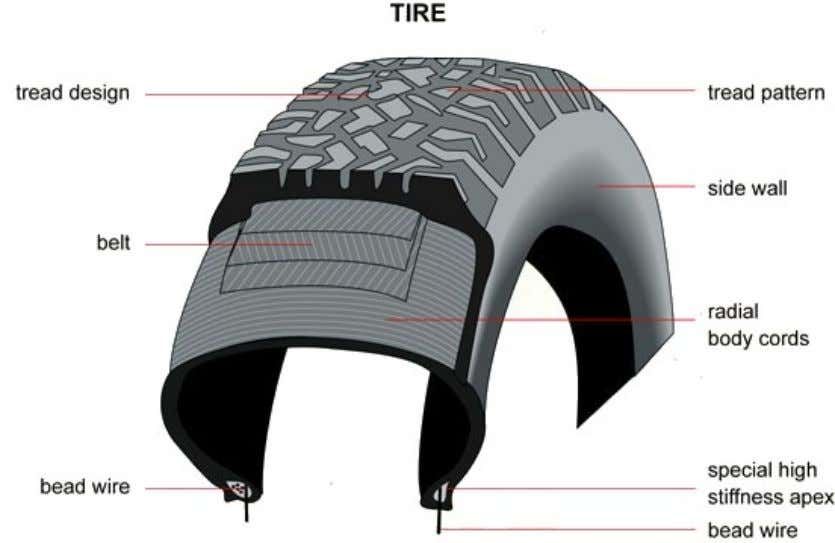
| View complete answer on tirereview.com
Tire thickness will depend on how old the tires are and the brand you get. Generally, new car tires will have a 10/32-inch or 11/32-inch tread depth. Some trucks and SUVs may have deeper treads, and winter tires are typically thicker than average, too.
Takedown request | View complete answer on getjerry.com
A sidewall tire damage is not safe to drive around with. The sidewalls of the tires are much more sensitive than the tread area. In many cases, the damage is damaging the whole structure of the tire, and it can cause it to blow at any moment.
Takedown request | View complete answer on mechanicbase.com
What is a Sidewall Tire Damage? Any relevant issues or deficiencies you encounter within the sidewall of your tires, may it be on the inner or outer side of the wall can be considered as sidewall damage.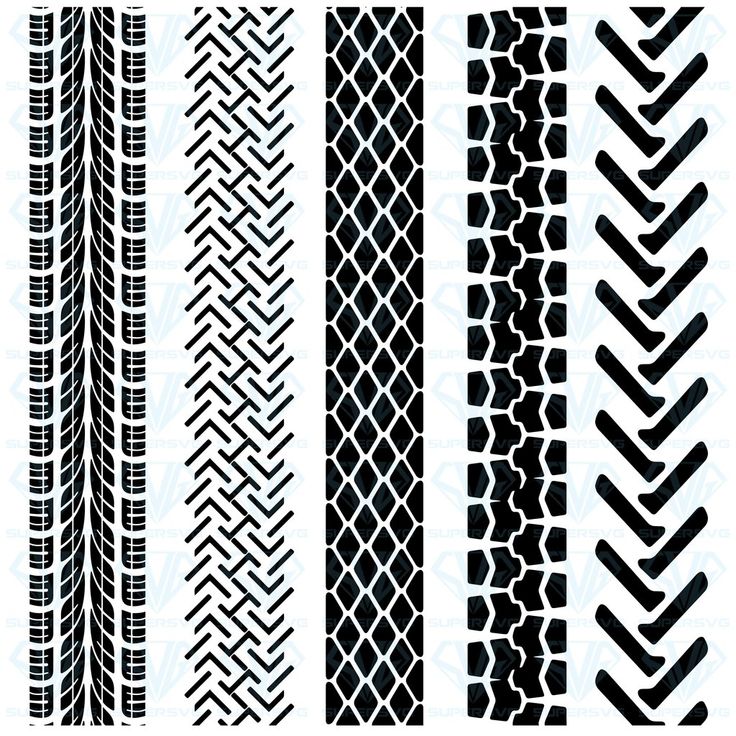 This is a very serious concern and can lead to a complete tire failure.
This is a very serious concern and can lead to a complete tire failure.
| View complete answer on tirehungry.com
Unfortunately, it's not possible to repair a damaged sidewall. As mentioned previously, sidewall damage can affect the overall structure of your tyre, which repairing the sidewall won't fix. If your sidewall is damaged you will need to replace the tyre as soon as possible.
Takedown request | View complete answer on justtyres.co.uk
The damage to your tyre does not seem too critical to cause any immediate change to driving or safety.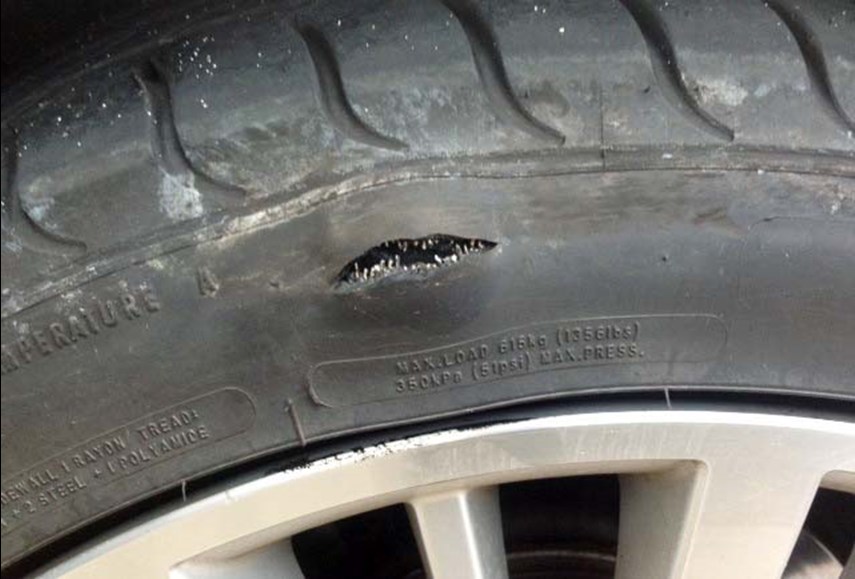 That said if any sharp objects hit the wall in this particular area it will be a problem , I would say , use them for another 5k miles and replace them just to be sure.
That said if any sharp objects hit the wall in this particular area it will be a problem , I would say , use them for another 5k miles and replace them just to be sure.
| View complete answer on mechanics.stackexchange.com
New tires or factory tires wear out quickly because car manufacturers use soft rubber for their tires. This soft rubber wears out much faster than aftermarket tires.
Takedown request | View complete answer on getjerry.com
A tire with a bulge or bubble cannot be repaired.

| View complete answer on michelinman.com
Can you drive on a tyre with a damaged sidewall? The short answer is no, you should not drive your vehicle if any of the tyre sidewalls are damaged, unless driving to have the problem fixed. Not only is it dangerous, but it will lead to an instant fail of your MOT as it's considered illegal.
Takedown request | View complete answer on justtyres.co.uk
Hitting a curb can do some nasty damage to your tires, let alone other vehicle components including the suspension. Even striking one at turtle-like speed can wreck your day!
Takedown request | View complete answer on mccarthycollisioncenters.com
Most tire blowouts are caused by under inflation. Tire under inflation causes the side of a tire to flex more which generates heat. It's the heat that leads to the blowout. What's important to understand is tires lose pressure over time.
Tire under inflation causes the side of a tire to flex more which generates heat. It's the heat that leads to the blowout. What's important to understand is tires lose pressure over time.
| View complete answer on joebowmanautoplaza.com
The legal tyre tread depth for cars in the UK and Europe is 1.6mm across the central three-quarters of the tyre, according to law.
Takedown request | View complete answer on rac.co.uk
Tire tread is composed of several ribs. Turn the penny so that Lincoln's head points down into the tread. See if the top of his head disappears between the ribs. If it does, your tread is still above 2/32” , If you can see his entire head, it may be time to replace the tire because your tread is no longer deep enough.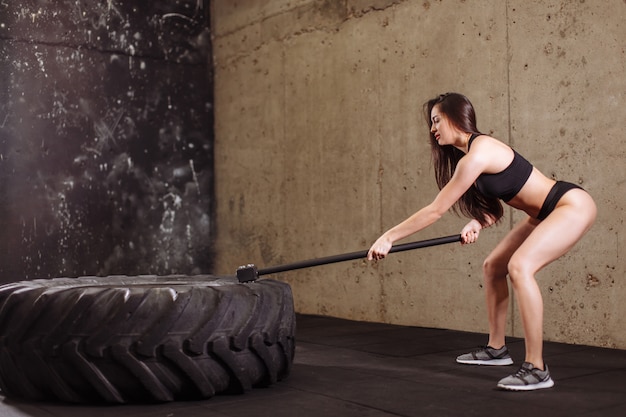
| View complete answer on bridgestonetire.com
If you have a small chunk of tire sidewall missing, the best thing to do is take your car to a mechanic and have them fix it. Another solution is to try to patch it by using a tire patching kit. This should only be done by a professional, however, as improper patching can cause further damage.
Takedown request | View complete answer on vehiclefreak.com
The Sidewall is the "smooth", vertical area on the side of the tire between the edge of the tread and the bead of the tire, which does not include any area where tread grooves are still visible.
Takedown request | View complete answer on sonsio.com
Michelin's all-season tires is a good fit.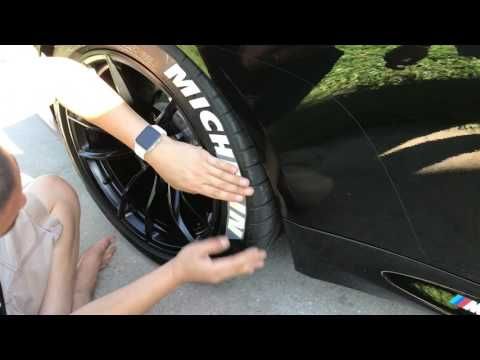
Michelin has developed a reputation for making quality, competitive tires. They're a strong contender in the global market, and they're one of the best brands. Tires manufacturers have to try to find a good balance between durability, grip, and noise control.
Takedown request | View complete answer on burtbrothers.com
Tires typically last around 50,000 miles, but this will depend on your driving habits and where you live. If you frequently drive on unpaved roads or you have a lead foot, your tires may need to be replaced sooner.
Takedown request | View complete answer on oaklawntoyota.com
On average, people drive between 12,000 to 15,000 miles a year, which means the average good quality all-season tire will last somewhere between three and five years, depending on maintenance, driving style and conditions, etc.
| View complete answer on bridgestonetire.com
There must, by law, be at least 1.6mm of tread depth across the centre 3/4 of the width of the tread throughout the entire circumference of the tyre. There must be no damage to the tyre body - sidewalls or tread, no bulges or cuts.
Takedown request | View complete answer on rospa.com
Optimal depths
A new car tyre begins life with approximately 8-9mm of tread depth.
Takedown request | View complete answer on uniroyal-tyres.com
New tires typically come with 10/32” or 11/32” tread depths, and some truck, SUV and winter tires may have deeper tread depths than other models. The U.S. Department of Transportation recommends replacing tires when they reach 2/32”, and many states legally require tires to be replaced at this depth.
The U.S. Department of Transportation recommends replacing tires when they reach 2/32”, and many states legally require tires to be replaced at this depth.
| View complete answer on bridgestonetire.com
A new car tyre begins life with approximately 8-9mm of tread depth. Legally, you can drive on them until they reach a minimum depth of the tread of 1.6 mm, across 75% of the tyre's width and all around its circumference.
Takedown request | View complete answer on uniroyal.co.uk
A chainsaw can be a useful tool for cutting up rubber tires into smaller chunks so they're easier to transport for disposal. Use caution when you're using a chainsaw and slice all the way through the rubber without stopping the blade so it doesn't get stuck.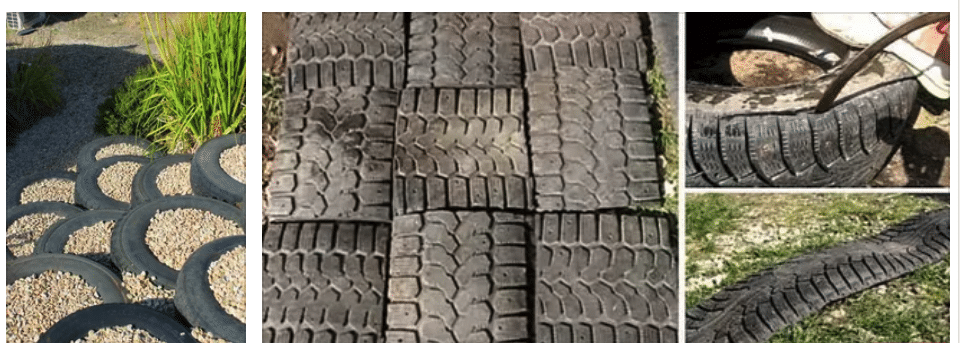 However, don't use a chainsaw to remove a tire from the rim.
However, don't use a chainsaw to remove a tire from the rim.
| View complete answer on wikihow.com
← Previous question
How tall is Shaun Alexander?
Next question →
What is Sweden's national drink?
Every car enthusiast wants new tires to last at least a couple of seasons - this is both convenient and profitable. However, increased loads on the tire can negate all efforts to keep the rubber in good condition for as long as possible. That is why, when choosing new tires, it is necessary to pay attention to such an indicator as the tire load index, the decoding of which contains important information for each driver. On the tire, it is applied next to the speed index and is indicated by numbers - for example, 98T (where 98 is the load index, T is the speed index).
The load index can be loosely referred to as the load carrying capacity of a tire - in other words, it is the load limit of a car equipped with specific tires at the maximum specified speed.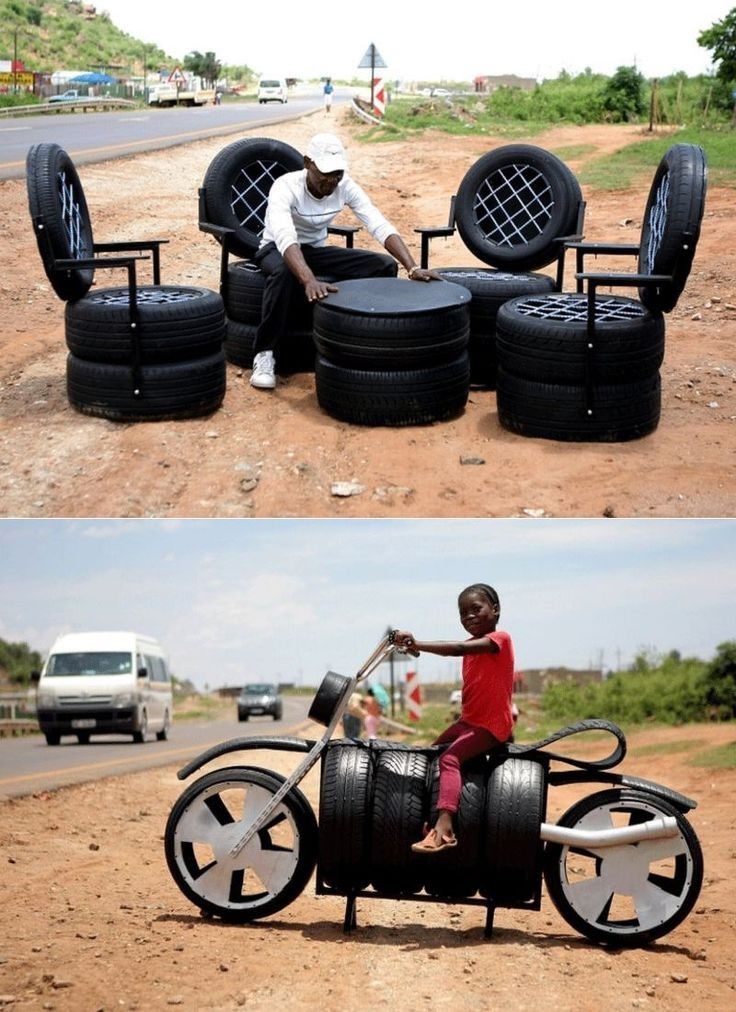 The load indexes of passenger car tires range from 60 to 125 units (or from 250 to 1650 kg).
The load indexes of passenger car tires range from 60 to 125 units (or from 250 to 1650 kg).
It is worth noting that a variety of indicators influence this parameter: the degree of tread wear, the tire temperature, and much more. To slightly smooth out the influence of these factors, the manufacturer always leaves a margin of safety of at least 20%.
It is especially important to take into account the load index when moving on domestic roads - the wheel, once in the pit, must withstand the blow. If you do not pay attention to these parameters and load the car more than it is provided, then the likelihood that the tire will not withstand the load increases significantly.
Of course, such coefficients are always calculated with a margin, but it is better to save tire resources for some unforeseen event, and in normal operation it is better to save rubber. After all, tires whose load index is within the acceptable level last longer.
Consider a specific example - your tire is marked 98 T:
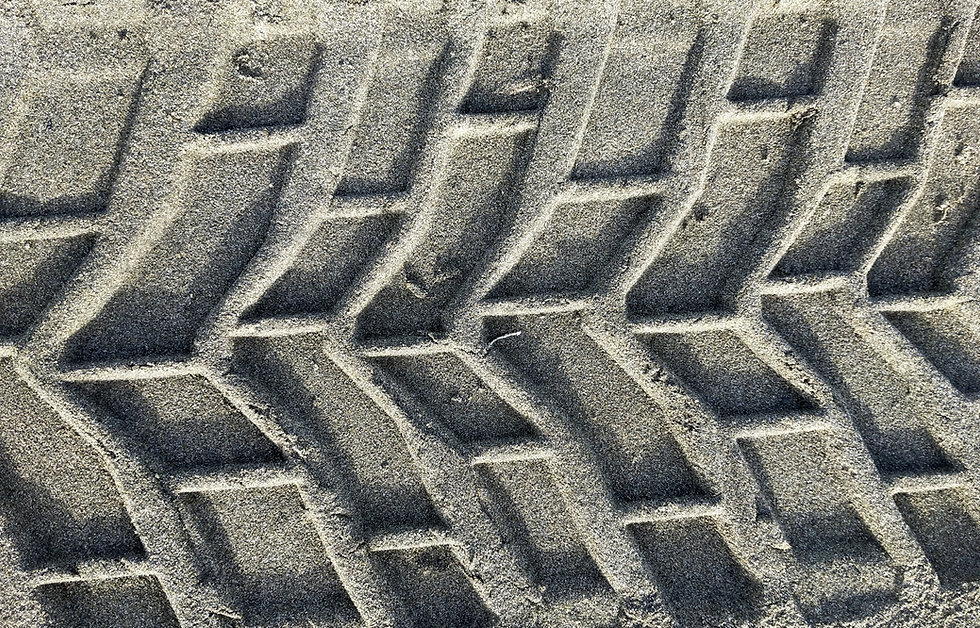
However, the load index is the maximum allowable value, the top, which is not worth climbing. The weight of the car and load is not always evenly distributed between the front and rear axles, and passengers often sit in the wrong place for balance, and therefore there should always be a small margin. The most optimal and safe is the load in the amount of not more than 35% of the total mass of the car. In the end, for the transport of particularly heavy loads, you can always buy tires whose tire load index, the table of which is presented on our website, will be higher. But keep in mind that in this case, the load on the suspension will also increase, and this can lead to its premature wear.
But keep in mind that in this case, the load on the suspension will also increase, and this can lead to its premature wear.
In conclusion, we note another important nuance - the tire load index should not be less than that indicated on the tires in the basic configuration of the car. Failure to follow this rule may result in an accident. The best solution for calculating the load index is the recommendations of the car manufacturer, indicated in its technical documentation.
Below is a complete table of indexes (coefficients) of load capacity :
| LI | kg | LI | kg | LI | kg | LI | kg | LI | kg | LI | kg | LI | kg |
|---|---|---|---|---|---|---|---|---|---|---|---|---|---|
| 0 | 45 | 40 | 140 | 80 | 450 | 120 | 1400 | 160 | 4500 | 200 | 14000 | 240 | 45000 |
| one | 46.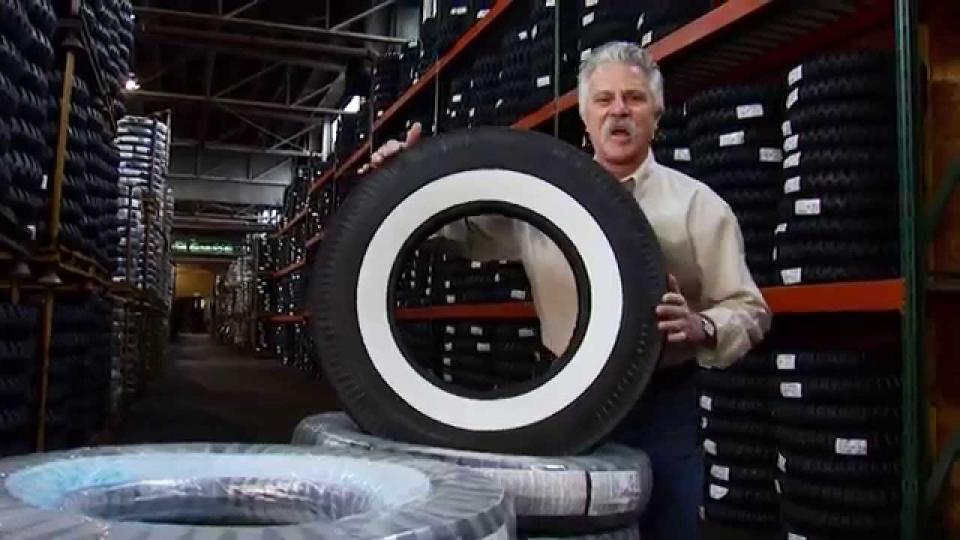 2 2 | 41 | 145 | 81 | 462 | 121 | 1450 | 161 | 4625 | 201 | 14500 | 241 | 46250 |
| 2 | 47.5 | 42 | 150 | 82 | 475 | 122 | 1500 | 162 | 4750 | 202 | 15000 | 242 | 47500 |
| 3 | 48.7 | 43 | 155 | 83 | 487 | 123 | 1550 | 163 | 4875 | 203 | 15500 | 243 | 48750 |
| four | fifty | 44 | 160 | 84 | 500 | 124 | 1600 | 164 | 5000 | 204 | 16000 | 244 | 50000 |
| 5 | 51.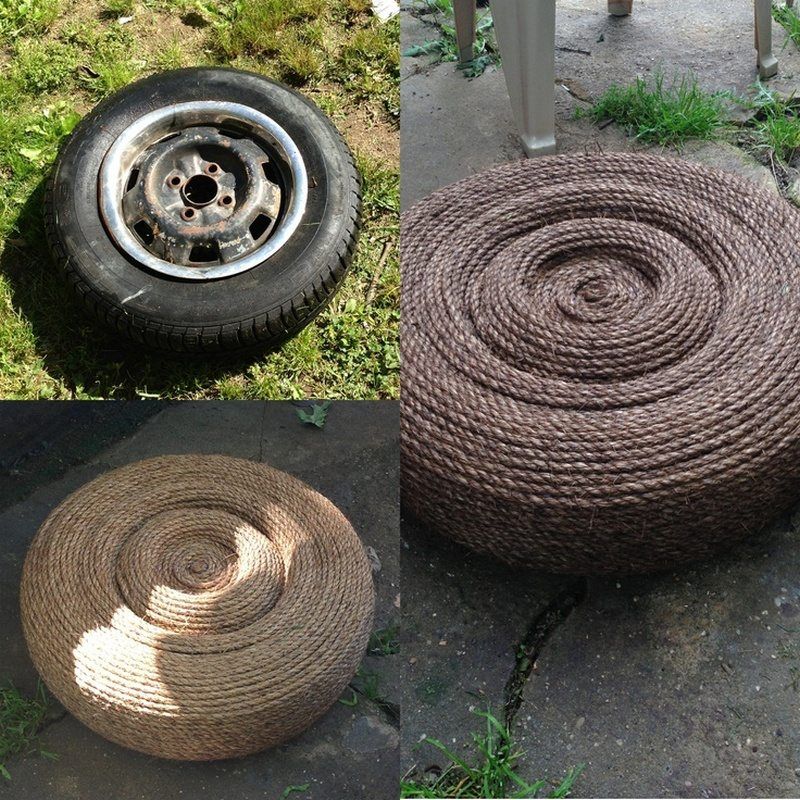 5 5 | 45 | 165 | 85 | 515 | 125 | 1650 | 165 | 5150 | 205 | 16500 | 245 | 51500 |
| 6 | 53 | 46 | 170 | 86 | 530 | 126 | 1700 | 166 | 5300 | 206 | 17000 | 246 | 53000 |
| 7 | 54.5 | 47 | 175 | 87 | 545 | 127 | 1750 | 167 | 5450 | 207 | 17500 | 247 | 54500 |
| eight | 56 | 48 | 180 | 88 | 560 | 128 | 1800 | 168 | 5600 | 208 | 18000 | 248 | 56000 |
| 9 | 58 | 49 | 185 | 89 | 580 | 129 | 1850 | 169 | 5800 | 209 | 18500 | 249 | 58000 |
| ten | 60 | fifty | 190 | 90 | 600 | 130 | 1900 | 170 | 6000 | 210 | 19000 | 250 | 60000 |
| eleven | 61.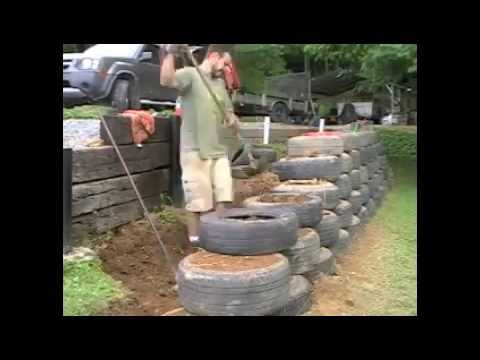 5 5 | 51 | 195 | 91 | 615 | 131 | 1950 | 171 | 6150 | 211 | 19500 | 251 | 61500 |
| 12 | 63 | 52 | 200 | 92 | 630 | 132 | 2000 | 172 | 6300 | 212 | 20000 | 252 | 63000 |
| 13 | 65 | 53 | 206 | 93 | 650 | 133 | 2060 | 173 | 6500 | 213 | 20600 | 253 | 65000 |
| fourteen | 67 | 54 | 212 | 94 | 670 | 134 | 2120 | 174 | 6700 | 214 | 21200 | 254 | 67000 |
| fifteen | 69 | 55 | 218 | 95 | 690 | 135 | 2180 | 175 | 6900 | 215 | 21800 | 255 | 69000 |
| 16 | 71 | 56 | 224 | 96 | 710 | 136 | 2240 | 176 | 7100 | 216 | 22400 | 256 | 71000 |
| 17 | 73 | 57 | 230 | 97 | 730 | 137 | 2300 | 177 | 7300 | 217 | 23000 | 257 | 73000 |
| eighteen | 75 | 58 | 236 | 98 | 750 | 138 | 2360 | 178 | 7500 | 218 | 23600 | 258 | 75000 |
| 19 | 77.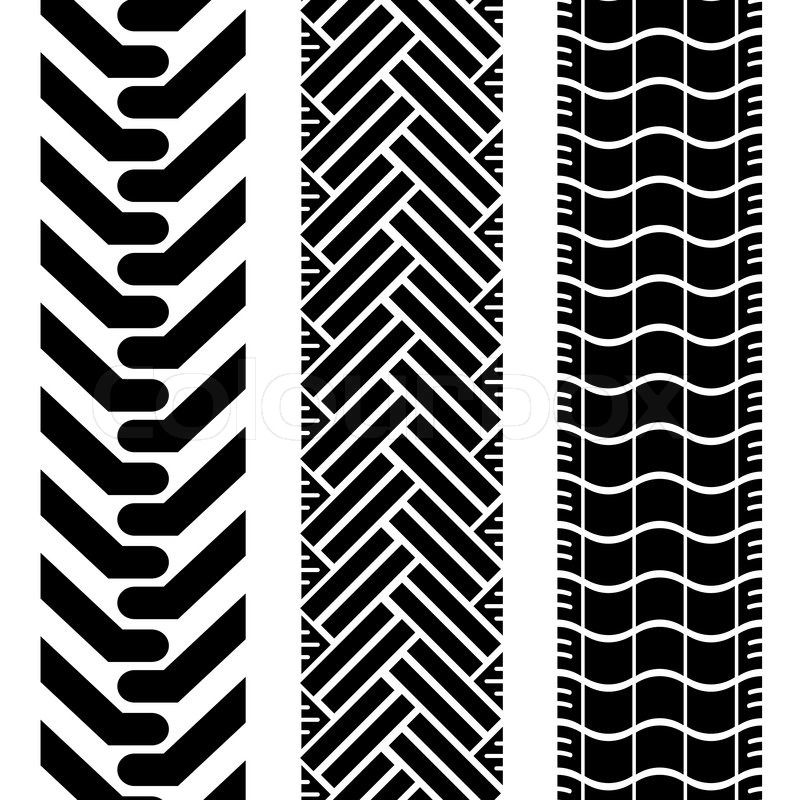 5 5 | 59 | 243 | 99 | 775 | 139 | 2430 | 179 | 7750 | 219 | 24300 | 259 | 77500 |
| twenty | 80 | 60 | 250 | 100 | 800 | 140 | 2500 | 180 | 8000 | 220 | 25000 | 260 | 80000 |
| 21 | 82.5 | 61 | 257 | 101 | 825 | 141 | 2575 | 181 | 8250 | 221 | 25750 | 261 | 82500 |
| 22 | 86 | 62 | 265 | 102 | 850 | 142 | 2650 | 182 | 8500 | 222 | 26500 | 262 | 85000 |
| 23 | 87.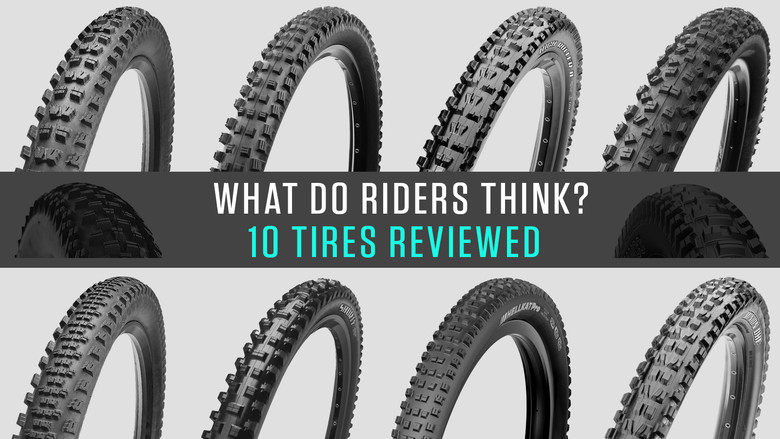 5 5 | 63 | 272 | 103 | 875 | 143 | 2725 | 183 | 8750 | 223 | 27250 | 263 | 87500 |
| 24 | 90 | 64 | 280 | 104 | 900 | 144 | 2800 | 184 | 9000 | 224 | 28000 | 264 | |
| 25 | 92.5 | 65 | 290 | 105 | 925 | 145 | 2900 | 185 | 9250 | 225 | 29000 | 265 | 92500 |
| 26 | 95 | 66 | 300 | 106 | 950 | 146 | 3000 | 186 | 9500 | 226 | 30000 | 266 | 97500 |
| 27 | 97.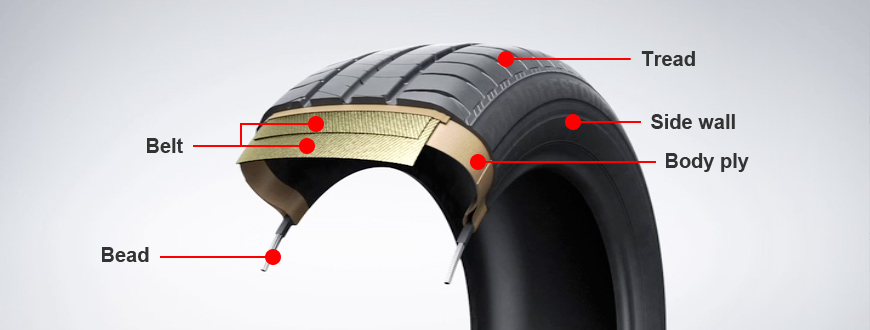 5 5 | 67 | 307 | 107 | 975 | 147 | 3075 | 187 | 9750 | 227 | 30750 | 267 | 97500 |
| 28 | 100 | 68 | 315 | 108 | 1000 | 148 | 3150 | 188 | 10000 | 228 | 31500 | 268 | 100000 |
| 29 | 103 | 69 | 325 | 109 | 1030 | 149 | 3250 | 189 | 10300 | 229 | 32500 | 269 | 103000 |
| thirty | 106 | 70 | 335 | 110 | 1060 | 150 | 3350 | 190 | 10600 | 230 | 33500 | 270 | 106000 |
| 31 | 109 | 71 | 345 | 111 | 1090 | 151 | 3450 | 191 | 10900 | 231 | 34500 | 271 | 109000 |
| 32 | 112 | 72 | 355 | 112 | 1120 | 152 | 3550 | 192 | 11200 | 232 | 35500 | 272 | 112000 |
| 33 | 115 | 73 | 365 | 113 | 1150 | 153 | 3650 | 193 | 11500 | 233 | 36500 | 273 | 115000 |
| 34 | 118 | 74 | 375 | 114 | 1180 | 154 | 3750 | 194 | 11800 | 234 | 37500 | 274 | 118000 |
| 35 | 121 | 75 | 387 | 115 | 1215 | 155 | 3875 | 195 | 12150 | 235 | 38750 | 275 | 121000 |
| 36 | 125 | 76 | 400 | 116 | 1250 | 156 | 4000 | 196 | 12500 | 236 | 40000 | 276 | 125000 |
| 37 | 128 | 77 | 412 | 117 | 1285 | 157 | 4125 | 197 | 12850 | 237 | 41250 | 277 | 128500 |
| 38 | 132 | 78 | 426 | 118 | 1320 | 158 | 4250 | 198 | 13200 | 238 | 42500 | 278 | 132000 |
| 39 | 136 | 79 | 437 | 119 | 1360 | 159 | 4375 | 199 | 13600 | 239 | 43750 | 279 | 136000 | 9
Price (when ordering online):
8015 ₽
Available: 4 pcs.
We will deliver on order: 1 - 2 days, at the price: 8 540 ₽
On order:
8 540 ₽
Delivery time: 1 - 2 days
Now you can buy any of our goods on credit.
More
The Bridgestone Turanza T001 summer passenger tire has replaced the ER300, which until recently was a model of maneuverability and reliability. The novelty surpassed its predecessor in all respects, but especially in handling at high speed. Like most other Bridgestone products, the Turanza T001 has a fine balance of performance. This tire is offered by the manufacturer in 26 sizes for wheels with a bore diameter from 14 to 17 inches, as well as for 19inches, which provided her with exceptionally wide applicability.
Helmholtz Resonator
Japanese tire engineers paid great attention to low noise levels when developing this model. One of the innovations was the transverse drainage grooves located on the outside of the asymmetric tread pattern.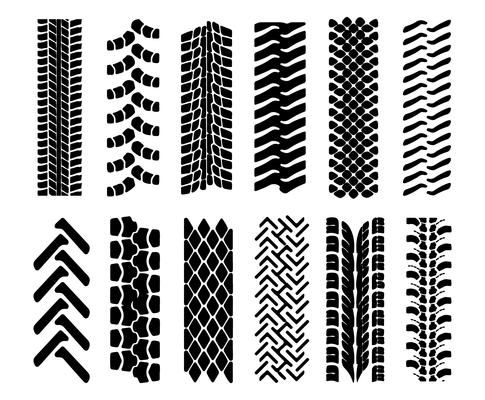 Their main feature is the special shape of the walls, which give the grooves the shape of a vessel, turning them into a resonator.
Their main feature is the special shape of the walls, which give the grooves the shape of a vessel, turning them into a resonator.
NanoPro-Tech 9 compound0003
This tire was one of the first to use NanoPro-Tech rubber compound technology. Its key feature is the addition of a special polymer to the rubber compound. With its help, it was possible to significantly reduce the heat generation of the tread, created as a result of increased friction between carbon molecules. Due to this, the tread has gained much better wear resistance. In addition, due to the new component in the composition of the rubber compound, rolling resistance has significantly decreased.
Asymmetric tread pattern
Like many other tires, the Bridgestone Turanza T001 is equipped with an asymmetric tread pattern. In its central part there are three wide longitudinal grooves, the large volume of which made it possible to establish an effective drainage of water from the contact patch. As a result, the tire exhibits excellent hydroplaning resistance while driving at almost any speed.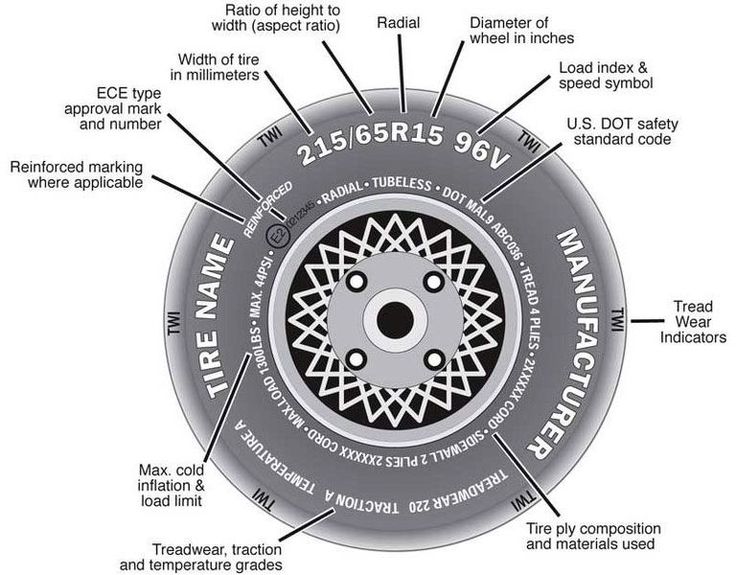
Compared to the previous model, this tire has improved braking properties, especially on wet pavement. This was achieved thanks to the special design of the shoulder areas of the tread. In particular, they are distinguished by increased dimensions and the presence of a large number of transversely located clutch edges. In addition, this part of the tread is made of a harder rubber compound, which increases the resistance to dynamic deformations.
Flat contact patch technology
The frame of this model has undergone a number of changes compared to its predecessor. Thanks to them, the size of the contact patch was significantly increased, which led to an improvement in grip properties. At the same time, its shape became almost rectangular, due to which the external pressure began to be distributed much more evenly. The result is increased tread resistance to uneven wear. The addition of additional breaker layers made it possible to significantly increase the resistance of the tire to dynamic deformation, which led to improved handling.